Important drawing by the great artist Frank Dobson
"Nude of reclining woman" work signed and dated lower left
Period 1937
Dimensions including frame
Height 71 cm
Width cm 58.5
Certificate of authenticity issued by Sabrina Egidi Expert of the Court and the C.C.I.A.A. of Rome.
This item comes from an important European private collection and is unheard of on the market
The painting comes with a beautiful coeval pure gold gilded wooden frame with passe-partout and protected by glass
Frank Owen Dobson (London 1886-1963) was a British artist and sculptor.
Dobson began as a painter and his early work was influenced by Cubism , Vorticism and Futurism.
After World War I , however, he turned increasingly to sculpture in a more or less realist style.
Throughout the 1920s and early 1930s he built a reputation as an outstanding sculptor and was among the first in Britain to prefer direct carving of material rather than first modeling a maquette.
The simplified forms and flowing lines of most of his sculptures, particularly his female nudes, showed the influence of African art.
from 1946 to 1953 Dobson was professor of sculpture at the Royal College of Art.
He was elected to the Royal Academy in 1953. While Dobson was one of the most respected artists of his time, after his death his reputation declined with the shift to postmodernism and conceptual art.
Dobson is now considered one of the most important British sculptors of the 20th century, born in central London and schooled at Forest Gate and then Harrow and Hastings School of Art.
from 1910 to 1912 Dobson attended the City and Guilds of London Art School in Kennington.
Throughout the 1920s Dobson focused increasingly on sculpture, exhibited works in several influential exhibitions, and played a leading role in numerous art groups.
He was the only sculptor to participate in the 1920 Group X exhibition.
Dobson was a founding member of the London Artists Association and spent three years as president of the London Group between 1923 and 1927.
He made bronze portraits of various public figures.
At the Group X exhibition he exhibited two sculptures and studies of Ben Nicholson, and his bronze head of HH Asquith was exhibited at Leicester Galleries in late 1921.
Dobson exhibited at the Venice Biennale in both 1924 and 1926, was featured in the 1925 Tri-National Exhibition that visited London, Paris and New York, and was also included in the 1926 European Artists Exhibition that visited America and Canada.
In March 1927 he held his first major solo exhibition when Leicester Galleries displayed twenty-three of his sculptures and several bronzes.
In 1930 the Tate purchased a giant sculpture from Dobson and had it erected outside the gallery on Millbank.
During the early 1930s Dobson continued to receive portrait commissions, notably for Sir Edward Marsh and actress Margaret Rawlings.
Dobson also worked in other media, including textiles and silver. His silver-gilt bowl, Calix Majestatis , to celebrate the coronation of George VIand Queen Elizabeth is now in the Royal Collection.
During 1933 Dobson fractured his left arm, which greatly limited his ability to carve heavily, and his last monumental stone sculpture was to bePax , first presented to the London Group in 1935.
At the beginning of World War II, Dobson and his second wife [Caroline] Mary Bussell, whom he had married in 1931, moved to Bristol, where a major retrospective of his work was held in March 1940. he lived in the city during the Bristol Blitz and like many other artists painted the ruins of churches destroyed by bombing.
Dobson contacted the War Artists Advisory Committee and offered his services as both painter and sculptor.
WAAC was reluctant to offer sculpture commissions, but eventually offered Dobson a short-term contract for two portrait busts of naval personnel. WAAC later commissioned several paintings, including one of workers arriving for work in a factory that had been relocated to a tunnel.
Dobson was appointed head of sculpture at the Royal College of Art in 1946, a post he held until his retirement in 1953.
For the Festival of Britain site on the south bank of the Thames in 1951, Dobson created London Pride . The sculpture was originally displayed as a plaster cast but later, after Dobson's death, was cast as a bronze and placed in front of the Royal National Theatre in 1987.
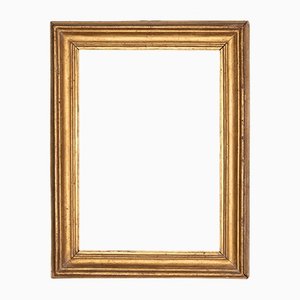
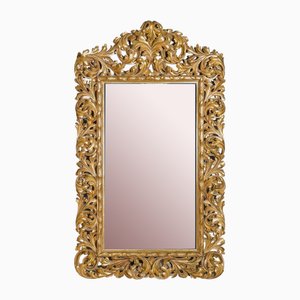
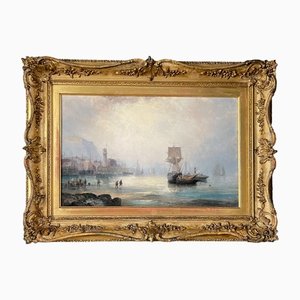

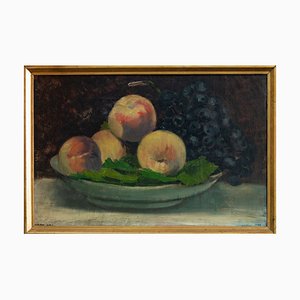
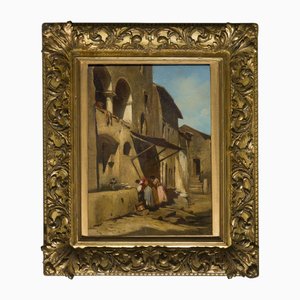
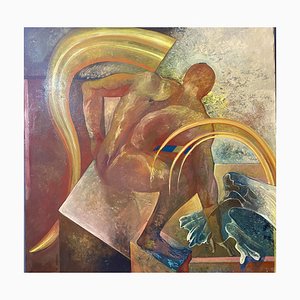

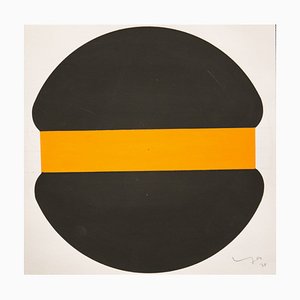
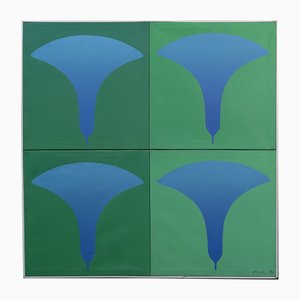
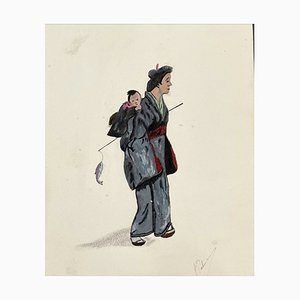

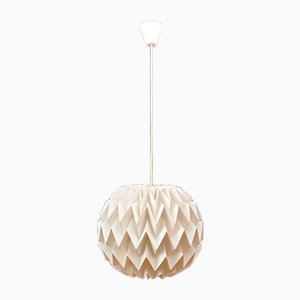

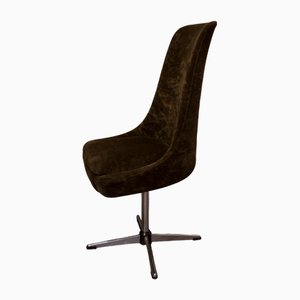
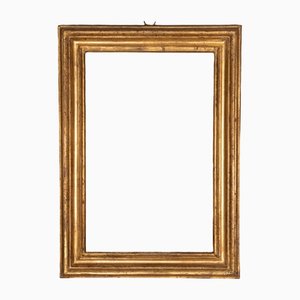

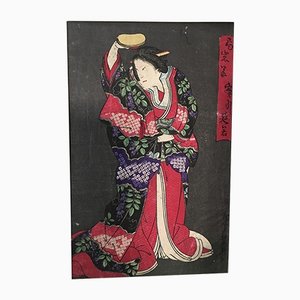
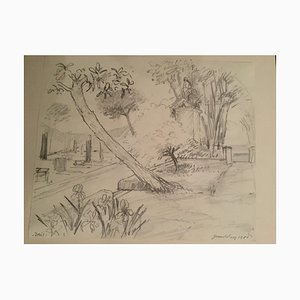

Schreiben Sie uns
Ein Angebot machen
Uns ist aufgefallen, dass Sie neu bei Pamono sind!
Bitte akzeptieren Sie die Allgemeinen Geschäftsbedingungen und die Datenschutzerklärung
Schreiben Sie uns
Ein Angebot machen
Fast geschafft!
Um die Kommunikation einsehen und verfolgen zu können, schließen Sie bitte Ihre Registrierung ab. Um mit Ihrem Angebot auf der Plattform fortzufahren, schließen Sie bitte die Registrierung ab.Erfolgreich
Vielen Dank für Ihre Anfrage! Unser Team meldet sich in Kürze bei Ihnen zurück.
Wenn Sie Architekt*in oder Inneneinrichter*in sind, bewerben Sie sich hier um dem Trage Program beizutreten.